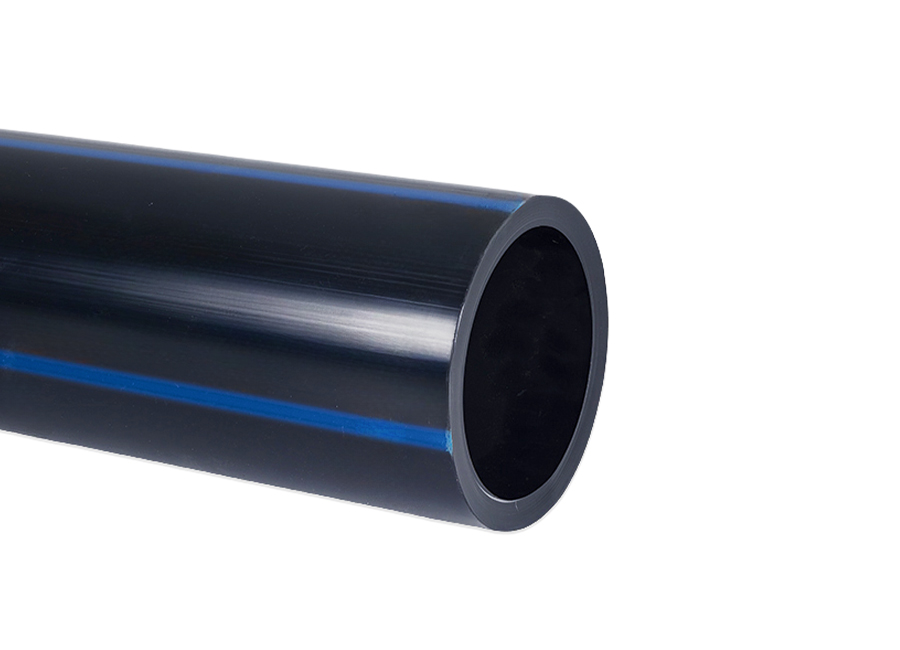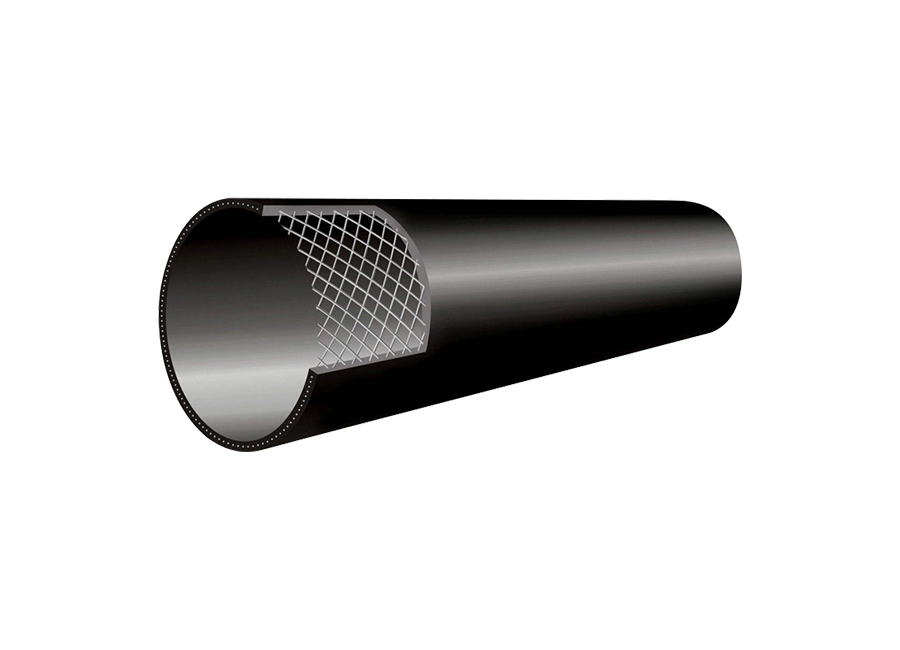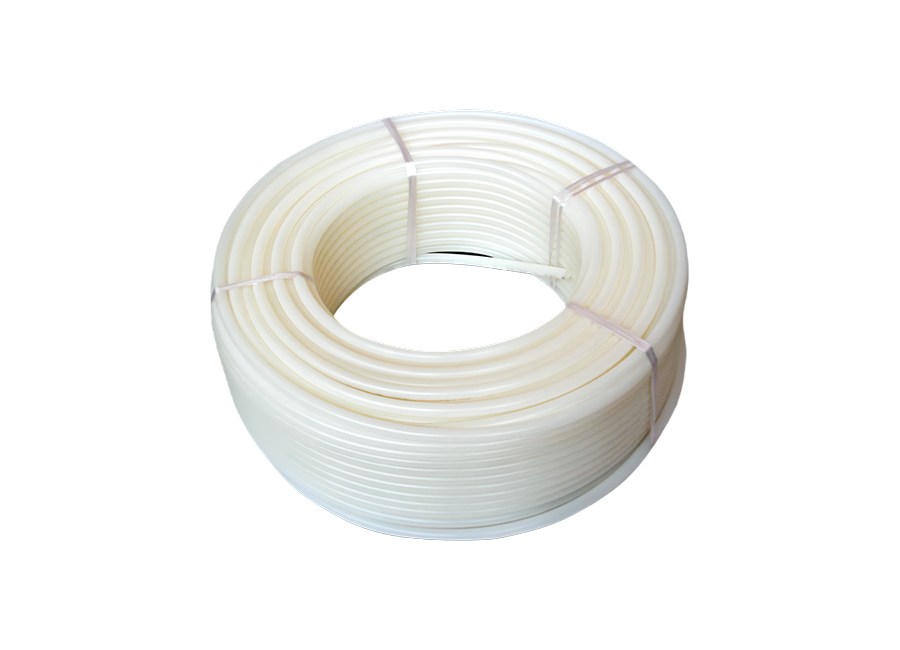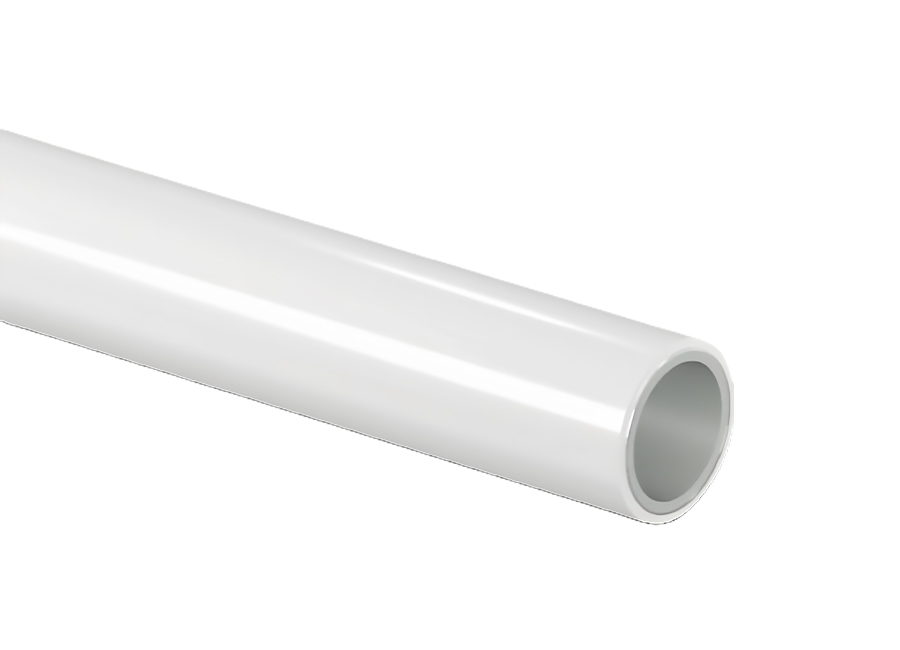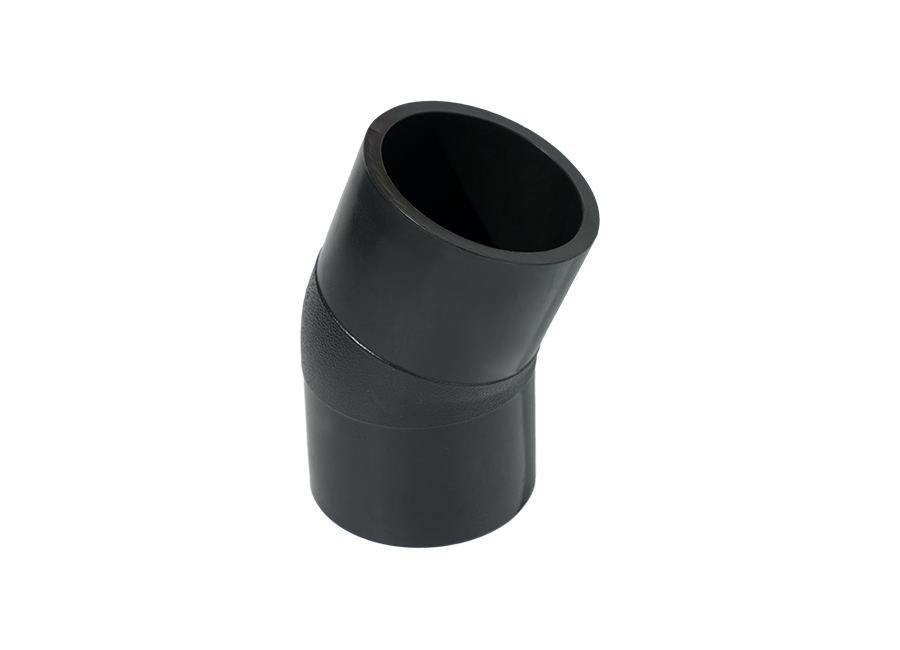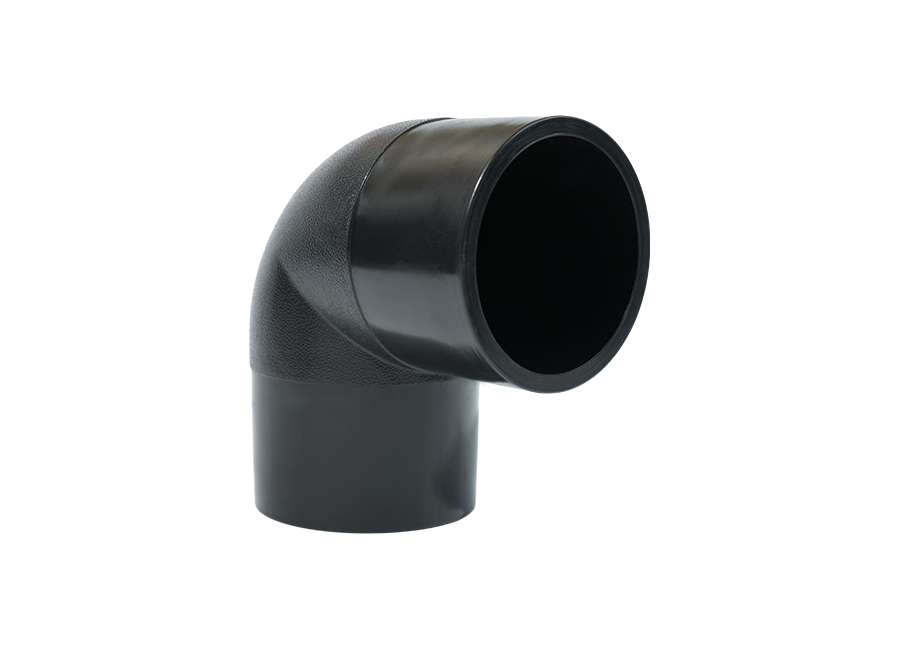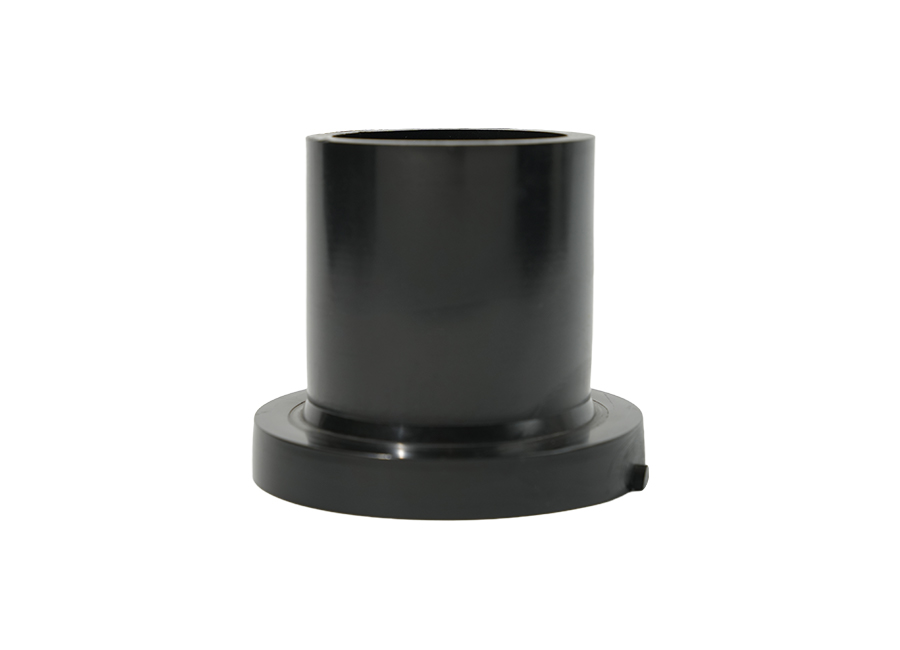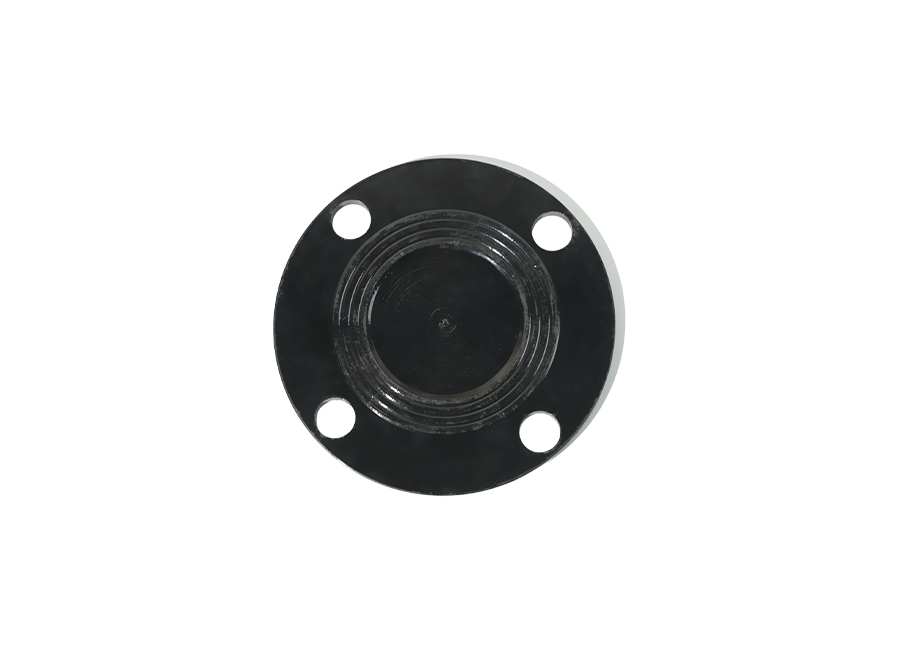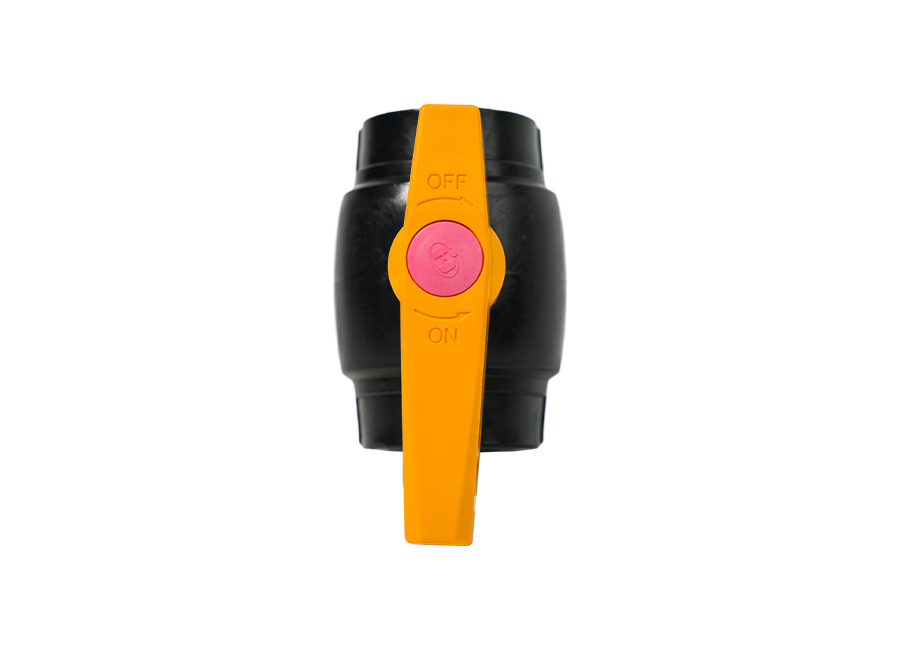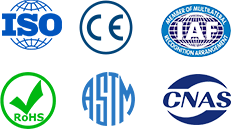1. Product function
PE pipe fittings are mainly used to connect PE pipes and build a complete pipeline network. They include elbows, tees, flanges, sleeves and other types, which can adapt to different directions and branching requirements. In municipal water supply and drainage systems, PE pipe fittings ensure smooth water flow; in the field of gas transmission, its air tightness ensures safe transmission; in agricultural irrigation, it greatly improves the efficiency of water resource utilization.
2. Significant advantages
Excellent corrosion resistance: PE materials have strong resistance to most chemicals, will not rust or corrode, and have a service life of more than 50 years, which greatly reduces maintenance costs.
Excellent flexibility: PE pipe fittings have good flexibility and impact resistance, can adapt to geological changes such as foundation settlement, and are particularly suitable for use in earthquake-prone areas.
Environmental protection and energy saving: PE materials are non-toxic and odorless, will not cause secondary pollution to the transmission medium, and the production process has low energy consumption, which is in line with the concept of green environmental protection.
Convenient construction: Adopting hot melt connection technology, the joint has high strength, good sealing, and fast construction speed, which greatly improves the engineering efficiency.
3. Product features
Lightweight design: The specific gravity is only 1/8 of that of metal pipes, making transportation and installation easier.
Smooth inner wall: The friction coefficient is small, and the conveying capacity is more than 30% higher than that of traditional pipes.
Low temperature resistance: Good performance can be maintained in the temperature range of -60℃ to 60℃.
Sanitary safety: Certified by national health standards, it can be directly used in drinking water systems.
4. Application areas of PE pipe fittings
Municipal engineering: urban water supply, drainage, and rainwater collection systems.
Gas transmission: medium and low pressure gas pipelines, safe and reliable.
Agricultural irrigation: drip irrigation and sprinkler irrigation systems to improve water resource utilization.
Industrial pipelines: fluid transportation in chemical, electric power, mining and other fields.
Building water supply and drainage: hot and cold water supply and drainage systems for residential and commercial buildings.

 English
English 中文简体
中文简体 русский
русский عربى
عربى


